- work •
- statement •
- reviews + essays •
- resume •
- contact
deankessmann
Architectural Intersections
archival pigment prints, various sizes, 2009
Small prints: edition of 3 with 1 AP (image 10 ¼ x 13 inches, paper 12 ¼ x 15 inches)
Medium prints: edition of 2 with 1 AP (image 16 ½ x 20 ½ inches, paper 18 ½ x 22 ½ inches)
Large prints: edition of 2 with 1 AP (image 26 ½ x 33 ½ inches, paper 28 ½ x 35 ½ inches)
archival pigment prints, various sizes, 2009
Small prints:
edition of 3 with 1 AP
(image 10 ¼ x 13 inches, paper 12 ¼ x 15 inches)
Medium prints:
edition of 2 with 1 AP
(image 16 ½ x 20 ½ inches, paper 18 ½ x 22 ½ inches)
Large prints:
edition of 2 with 1 AP
(image 26 ½ x 33 ½ inches, paper 28 ½ x 35 ½ inches)
Small prints:
edition of 3 with 1 AP
(image 10 ¼ x 13 inches, paper 12 ¼ x 15 inches)
Medium prints:
edition of 2 with 1 AP
(image 16 ½ x 20 ½ inches, paper 18 ½ x 22 ½ inches)
Large prints:
edition of 2 with 1 AP
(image 26 ½ x 33 ½ inches, paper 28 ½ x 35 ½ inches)
Read a short description of this project
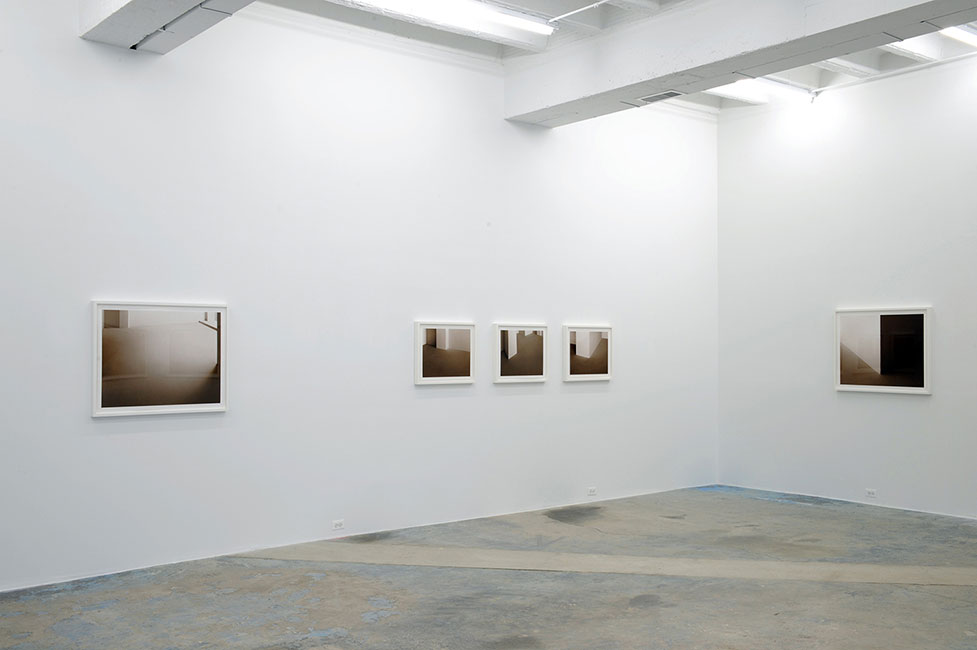

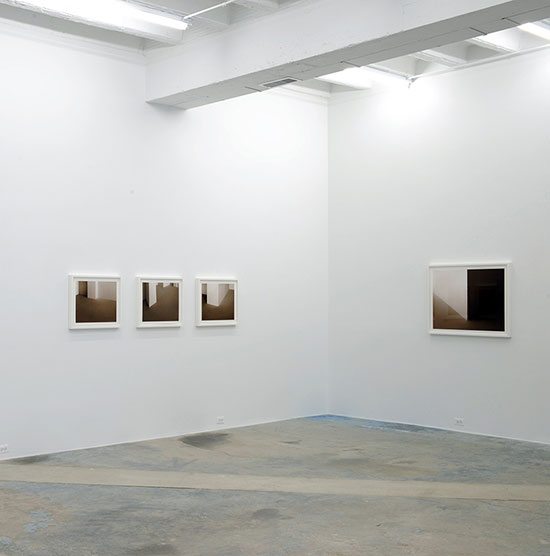
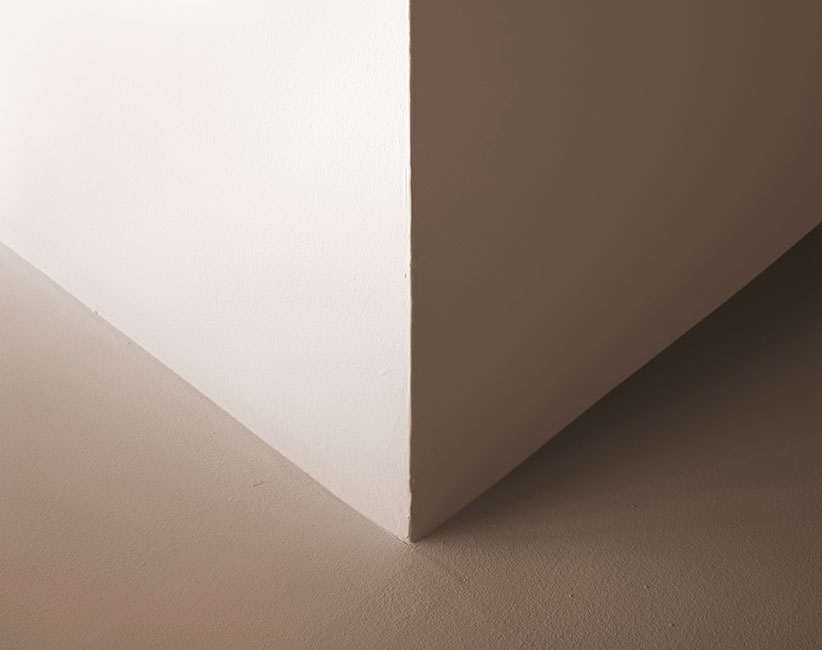


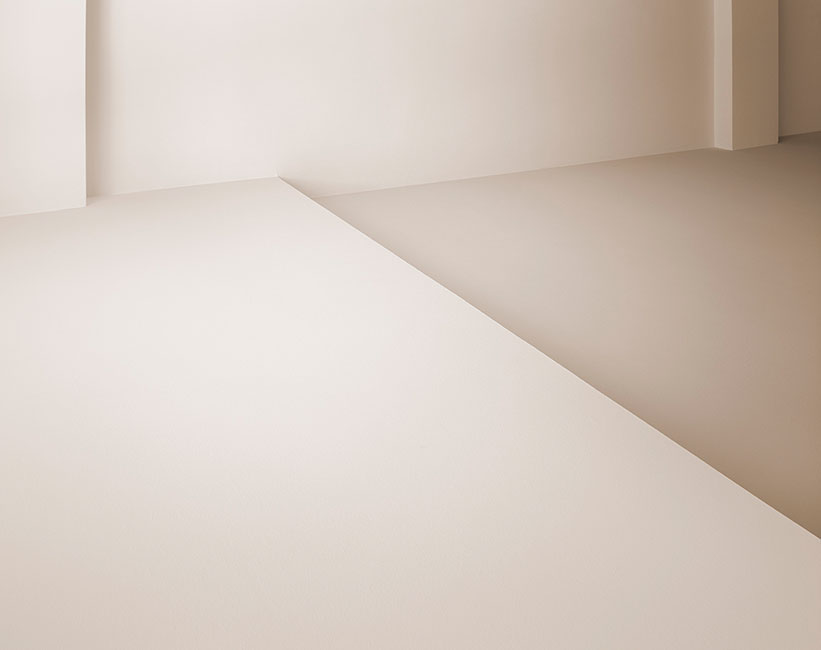


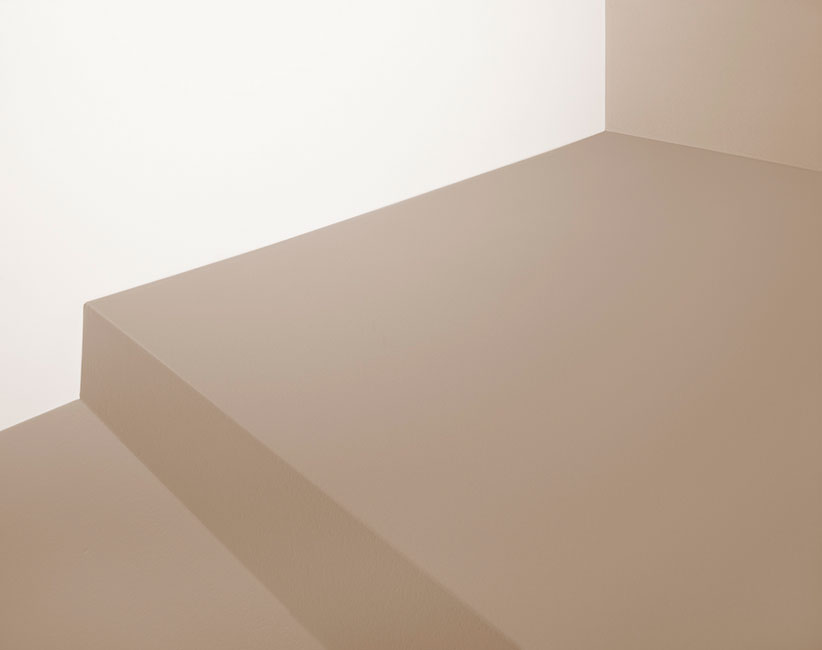


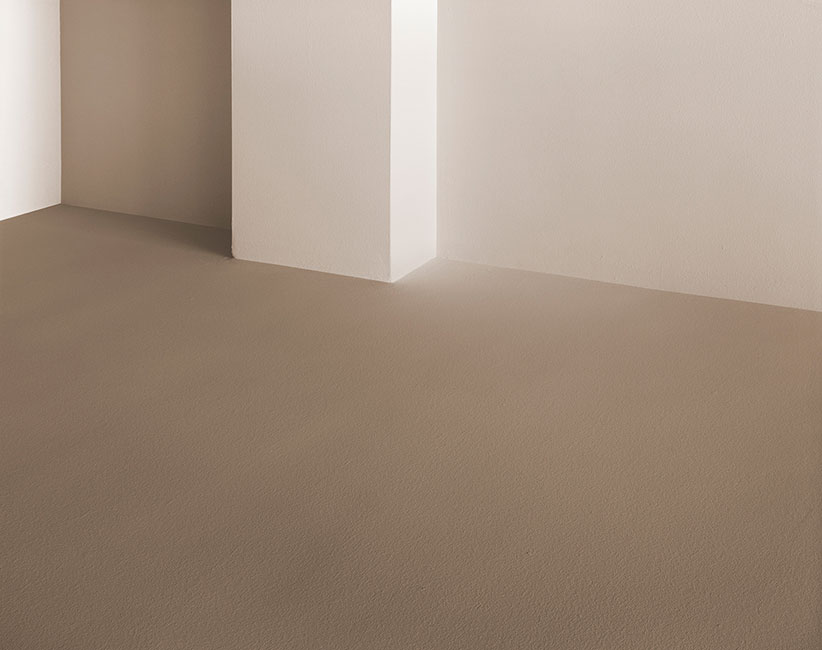


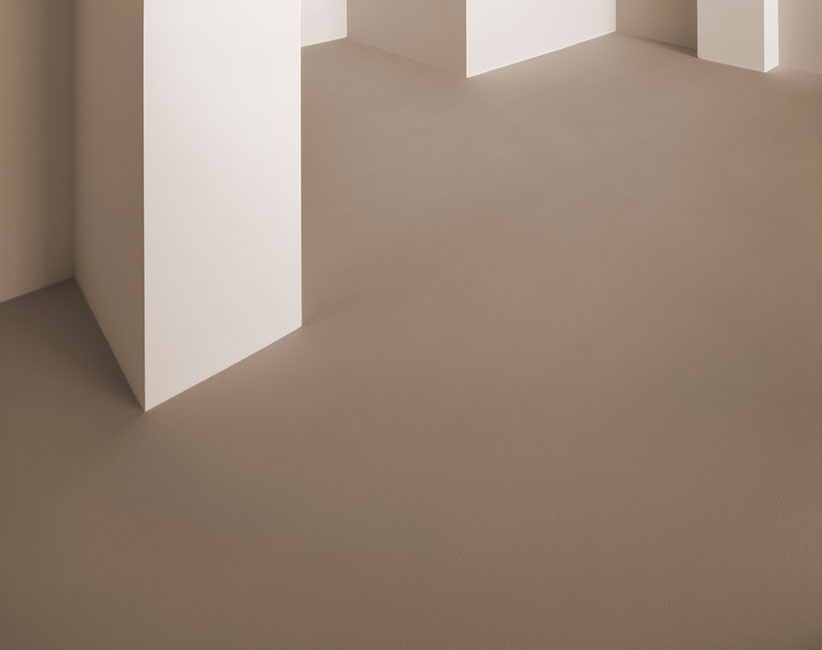


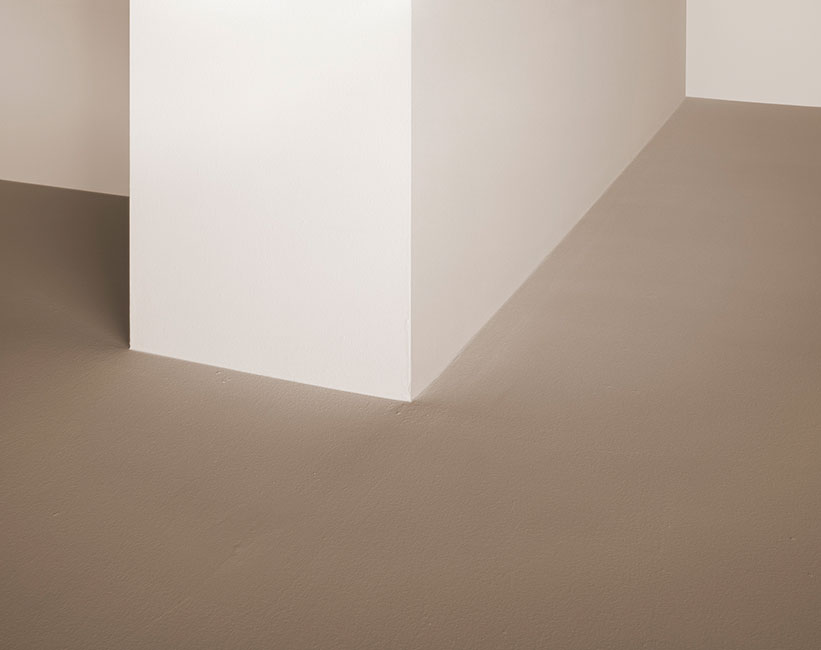


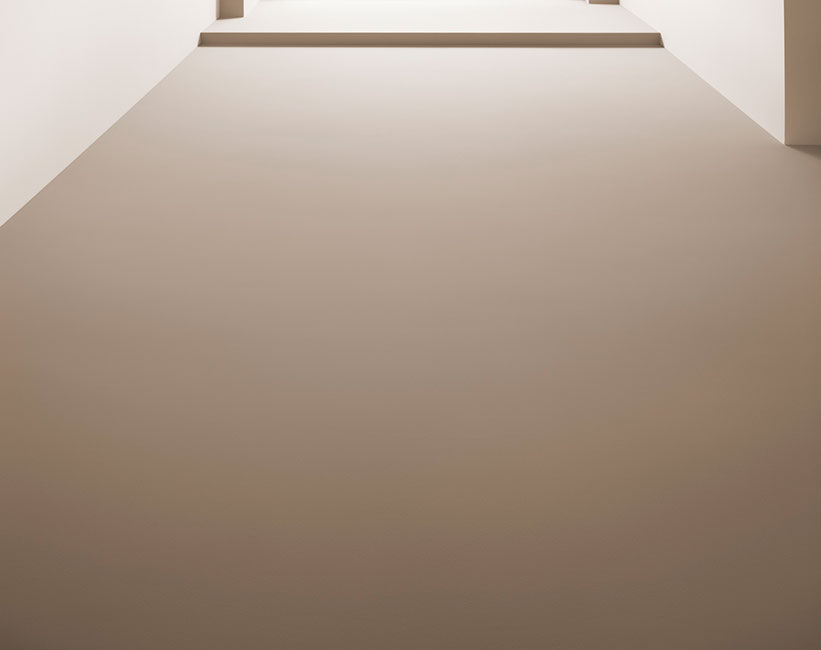


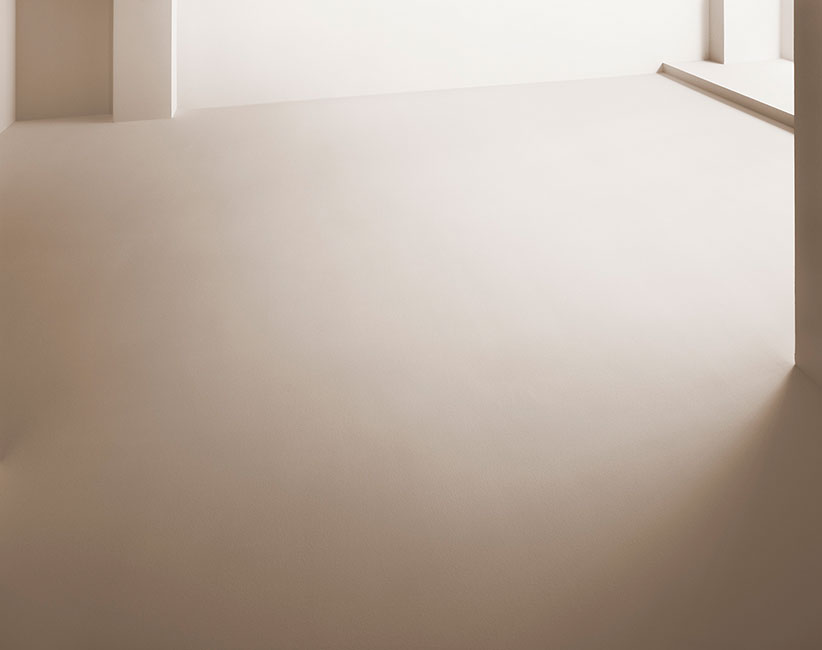


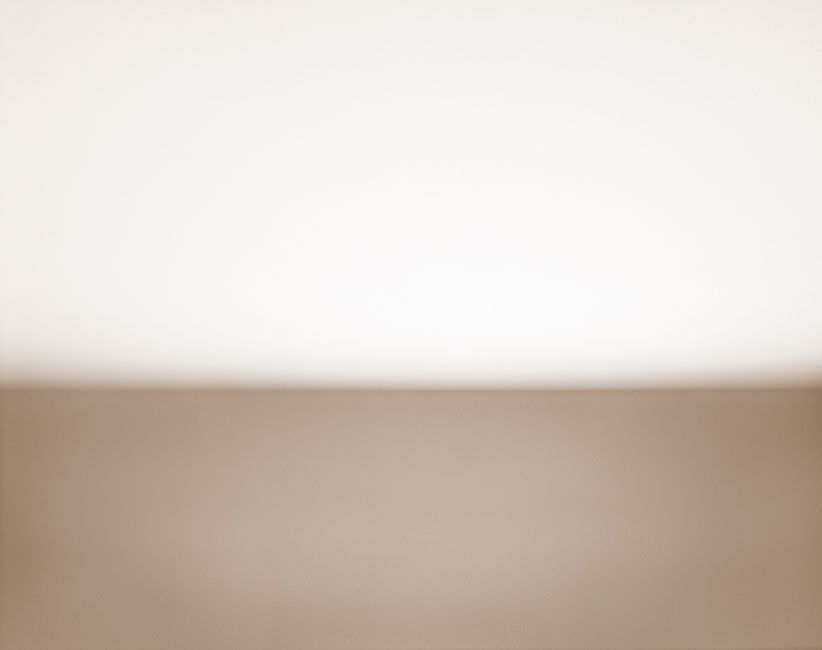


Architectural Intersections
Childhood memories are few and far between for me; I am not sure why, but I do not seem to remember as much as other people do. Having said that, I do recall how as a young child I used to lounge on various pieces of furniture with my head hanging off the edge to look at the room upside-down. Obviously, looking at the ceiling in this way merely offered up a mirrored image of the floor, yet, this minor change in point of view enabled me to enter a parallel universe where architecture was turned on its head. During the summer of 2009, while lying flat on my back in my apartment, I glanced up over the top of my head; all of a sudden, my very modest apartment was transformed into a place that I wanted to explore. By pointing the lens slightly above the quotidian objects of our everyday lives I was able to examine the inverted image on the ground glass and see this familiar place through fresh eyes, which resulted in this series of photographs.
This work was made in order to shed new light on the spaces that we inhabit, but do not often consider on a deeper level—to call to mind the ways in which the human body and mind interact with, and are affected by, architectural spaces. In addition to the disorientation and confusion caused by the simple gesture of displaying the prints upside-down, which magically transforms the ceiling into the floor, this altered perspective places extra emphasis on the basic building blocks of architectural spaces. The homogeneity of the surfaces makes these photographed spaces appear not quite real, more like architectural models than actual, lived-in places. Yet, if one looks closely enough, it becomes apparent that what from a distance may appear to be a geometrically perfect structure, in fact contains flaws. An unevenly painted section of a wall, a straight line that is not absolutely straight, indentations, cracks, and bumps provide clues that enable one to relocate this ambiguous space back from the unreal—small scale model or digital rendition—to the real.